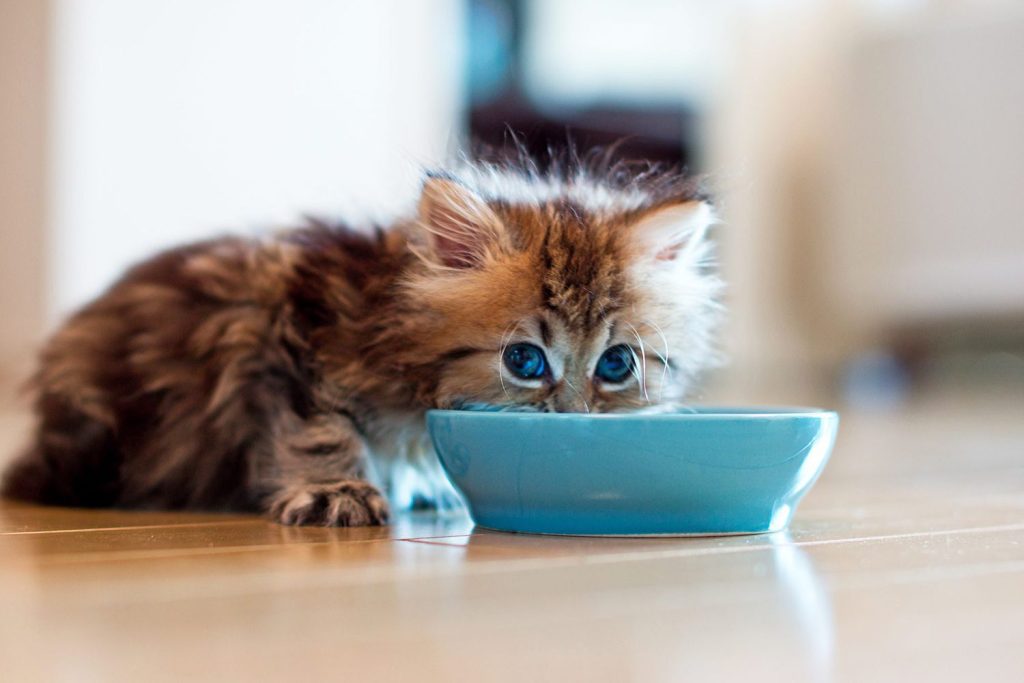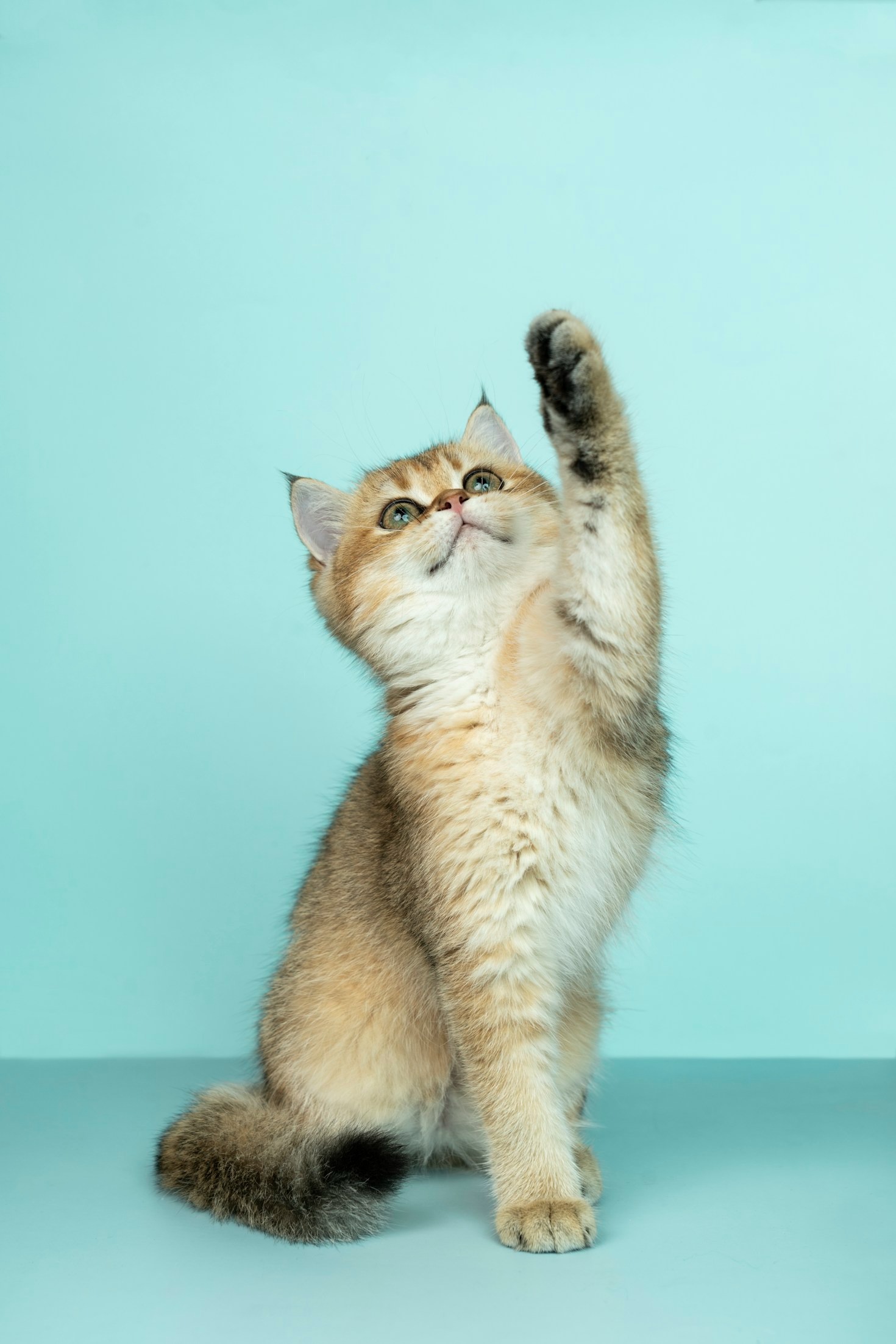Finding the Perfect Dish: A Guide to the Best Cat Bowls
Why Your Cat’s Bowl Matters More Than You Think
It’s not just about what you feed your cat, but also how it’s served. The environment can be just as important as the food itself, particularly for fussy cats. Cats are natural predators and hunters, and their feeding setup should reflect this. Choosing the best cat bowl can make meal times more pleasant for your cat and potentially resolve some behavioral issues. This guide will explore the various options for cat food bowls and cat water bowls to help you find the ideal setup, addressing their needs and your household’s requirements.
I can tell you that when choosing a food bowl for dry kibble, several factors are important. Generally, I look for a bowl made from a hygienic material like stainless steel, ceramic, or glass, as plastic can harbor bacteria and may contribute to issues like cat acne. A wide and shallow shape is often recommended to prevent whisker fatigue, which is discomfort caused by whiskers repeatedly touching the bowl sides. Some cats, especially older ones, may also benefit from a bowl that is elevated to ease strain on their neck and aid digestion. To discover the different types of bowls available, how to choose the right height, options for fast eaters like slow feeders, or the convenience of automatic feeders, continue reading for more in-depth information.
Section 1: Understanding Common Cat Feeding Issues and How Bowls Can Help
The size, shape, and material of a cat bowl are likely to affect a cat’s eating and drinking habits. Using an inappropriate bowl can contribute to several common feeding issues:
Hygiene and Cat Acne: Plastic bowls can scratch easily and trap bacteria. This trapped bacteria can absorb odors and potentially contribute to cat acne or other issues. Choosing hygienic, nonporous materials is key.
Whisker Fatigue:
Explanation: Overstimulation and discomfort caused by whiskers repeatedly bumping against the sides of a bowl. A cat’s whiskers are delicate and sensitive, with many nerve endings at the base. They function as feelers for judging space. Repeated bumping is thought to be extremely uncomfortable. While not universally accepted by veterinary professionals, it is accepted as a fairly common behavior problem.
Symptoms: A cat may refuse to eat or paw at their food from a distance if deep bowls or high sides repeatedly brush against their whiskers.
How bowls help: Wide diameter and shallow depth bowls are specifically designed to alleviate whisker fatigue. Using regular smaller flat plates can also help, as they eliminate whisker fatigue since the whiskers wouldn’t brush against anything. Some cats simply prefer to eat from wider, shallower bowls for comfort.
Vomiting and Regurgitation:
Vomiting refers to the expulsion of stomach contents, while regurgitation is when food is expelled from the esophagus before reaching the stomach. Regurgitation often happens after eating too quickly or consuming too much at once.
Frequent vomiting requires veterinary attention. Regurgitation after eating too quickly may be helped by changing the bowl.
How bowls help: Elevated cat bowls (also called anti-vomit cat bowls) may help some cats, especially fast eaters who regurgitate. Elevated bowls allow a cat to eat without hunching over, which some cats may find more comfortable, particularly older cats with osteoarthritis or obesity. Anecdotal evidence suggests eating from elevated bowls may reduce the risk of vomiting and indigestion in some cats. The height of the elevated or tilted bowl matters; choosing one that is too high might be ineffective or contribute to new problems.
Fast Eating: Eating too fast can lead to regurgitation. Slow feeder bowls with grooves or mazes can help by impeding a cat from accessing and consuming food too quickly.
Section 2: Choosing the Right Material for Your Cat Bowl
The material of the cat bowl impacts cleanliness and durability. Hygienic materials are nonporous and easy to clean, as they don’t absorb bacteria or odors.
Cleaning: Regardless of the material, daily cleaning of pet food and water bowls with soap and water is strongly recommended to keep bacteria from building.
Recommended Hygienic Materials:
Stainless Steel Cat Bowls: Often considered one of the best materials for pet food bowls and the most recommended for sanitation and durability. They are non-porous, easy to clean, often dishwasher safe, and more durable than ceramic. Stainless steel is suitable for water, wet food, or dry food. Bowls made with chromium and nickel can resist corrosion and rust.
Ceramic Cat Bowls / Glass Cat Bowls: Also non-porous and easy to clean. They are mentioned alongside stainless steel as hygienic options. Ceramic can be dishwasher safe. They are more prone to breaking than stainless steel.
Considerations for Plastic Cat Bowls:
Plastic bowls are available in the market.
However, plastic can scratch, trap bacteria, and absorb odors. Using plastic can potentially cause skin reactions like cat acne or other issues in some cats. They are also generally less durable than other materials like stainless steel.
Melamine is a type of BPA-free plastic that is shatterproof and break-resistant. It is easy to clean and dishwasher safe (but should not be used in the microwave). Melamine does not absorb odors like traditional plastic bowls.
Other materials like Silicone and Bamboo are also available. Jute is also listed as a material option.


Section 3: Popular Types of Cat Bowls and Feeding Equipment
There is a broad range of cat bowls and cat fountains available. The selection of cat bowls and feeding equipment offers a solution for every cat’s needs and preferences.
Cat Food Storage: Containers available to maintain freshness and flavor of cat food.
Traditional Cat Bowls: Simple, plain bowls for food or water. They are affordable, easy to find, and don’t require any fuss. Many cats will happily drink from a bowl of standing water.
Double Cat Bowls / Feeding Stations: Sets holding two bowls, often in a tray or stand. They can be used for food and water or two types of food. Some, like the Hepper NomNom bowl, use a durable polypropylene plastic tray that stays cleaner than silicone. Raised feeding stations also combine food and water bowls.
Elevated / Raised Cat Bowls: Designed with a stand to raise the bowl off the floor. They can provide a more natural feeding height. Beneficial for older cats or those with orthopedic issues.
Slow Feeder Cat Bowls: Have internal shapes like grooves or mazes to impede eating quickly.
Cat Water Fountains: Provide circulating water, which can entice reluctant drinkers or picky cats to drink more. They require regular maintenance. Some can connect to an app to monitor water level, filter changes, and potentially track water consumption.
Automatic Cat Feeders / Cat Food Dispensers: Allow for scheduled meals, often with portion control. They are useful when you are away from home or often out and about when your cat needs feeding. Some can handle wet food, dry food, treats, and medications. They can be programmable or non-programmable.
Microchip Cat Feeders: Ideal for multi-cat households where specific cats need specific food or amounts, or if cats are taking medication. They will only open for a cat registered via their microchip or a special tag included with the feeder. This is considered the best option for keeping food separate in a multi-cat home. They are listed under Pet Technology for Cats.
Puzzle Feeders / Treat Balls: Mentioned as non-programmable cat food dispensers that add an element of fun, requiring cats to push and prod to get out food. Some hunting feeder kits can engage natural hunting behavior, providing mental and physical stimulation. These can help with behavioral issues or overweight cats. They typically work with dry food.
Cat Placemats: Placed under bowls to catch spills and simplify cleaning. They help keep the floor clean from splashes and flecks of food, making it simple to wipe down for cleanliness and hygiene.
Section 4: Factors to Consider When Choosing the Best Cat Bowl
Different cats are going to have different preferences and needs, and your household might have different needs. These factors will determine the ideal bowl choice.
- Cat’s Age: Kittens may have a hard time reaching over a taller bowl, so look for bowls closer to the ground and without a lot of depth. Senior cats, especially those with osteoarthritis or obesity, may find it more comfortable to eat from elevated bowls as they don’t have to hunch over.
- Cat’s Size: The cat’s size can influence the appropriate height for elevated bowls. Larger cats might need a taller bowl than kittens or small cats.
- Eating & Drinking Habits: If your cat eats too fast, consider a slow feeder bowl or an elevated bowl, which might help reduce regurgitation. If your cat is a reluctant drinker or fussy about standing water, a cat water fountain might tempt them to hydrate more. If your cat is messy, placemats can help keep the floor clean.
- Health Conditions: Older cats or those with orthopedic issues may benefit from elevated bowls. If your cat frequently regurgitates after eating quickly, switching to an elevated bowl might help. However, frequent vomiting is a potential digestive issue best addressed by your veterinarian.
- Multi-Cat Household: In multi-cat homes, cats tend to feel better when they are able to eat in private. Make sure you have a water bowl for each cat, even if they share, and consider leaving water bowls at several points throughout the house for quiet access. Microchip cat feeders are the best option for keeping cats’ food separate, especially if they need different food types or amounts.
- Lifestyle: If you are away from home all day or often out when your cat needs feeding, an automatic cat feeder or food dispenser can ensure they receive on-time meals.
Section 5: Testing and Finding the Right Fit
Finding the best cat bowl, food dispenser, or fountain ensures your cat is always provided with water and on-time meals. However, cats tend to be finicky creatures with custom preferences.
- Cats are individuals: Different cats are going to have different preferences and needs. What works well for one cat might not for another.
- Trial and Error: Sometimes, you may have to try a couple of different cat water bowls before you find one they love. This applies to food bowls and feeders too – you may need to try different shapes, sizes, materials, and heights to find your cat’s preference. Luckily, most basic bowls are inexpensive.
- Consider reviewing product tests and reviews to get an idea of how different bowls perform with real cats.
- Don’t overlook simple solutions: A regular plate can be a cheap and whisker-friendly option for food, especially for dry food. Plates easily go in the dishwasher.
Conclusion: The Perfect Bowl for Your Feline Friend
Finding the best setup involves considering several factors beyond just the appearance of the bowl. Prioritize hygienic materials like stainless steel, ceramic, or glass which are non-porous and easy to clean, helping prevent bacteria buildup and issues like cat acne. Look for features that enhance your cat’s comfort, such as being whisker-friendly (wide and shallow) or elevated to potentially aid digestion and comfort for older cats.
Remember to consider your individual cat’s needs based on their age, size, eating and drinking habits, and any health conditions. For multi-cat households, providing multiple bowls and considering options like microchip feeders can help reduce stress. Finding the best cat bowl might take some experimentation through trial and error, but focusing on your cat’s comfort, hygiene, and natural behaviors will lead you to a good choice. Always consult a veterinarian for persistent health concerns, such as frequent vomiting.


Leave a Reply